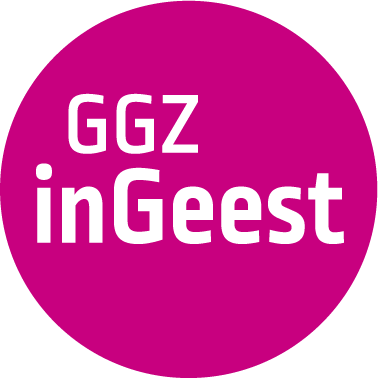A unique worldwide collaboration on brain imaging in the obsessive-compulsive disorder (OCD) shows that the structure the brain in OCD patients is characterized by specific but subtle alterations in the deep structures involved in emotion and behavior. Wednesday June 5th, Premika Boedhoe will defend her PhD thesis titled “The structure of the obsessive-compulsive brain: a worldwide effort” at Amsterdam UMC.
Although the brain differences Boedhoe found in people with OCD are subtle, she considers them meaningful. “The abnormalities differed in children, adolescents and adults. This fits the existing assumption that OCD is a developmental disorder, with a different maturation of certain brain structures ”. Boedhoe also found that some of the changes in the cerebral cortex in people with OCD seem to be related to the use of medication. “We need to further investigate the effect of medication on the brain,” said Boedhoe.
Boedhoe has used data from the worldwide ENIGMA initiative. This made it possible to compare brain scans (MRIs) of people around the world. The ENIGMA-OCD group looked specifically at obsessive-compulsive disorders, for which data was available from nearly 1900 patients and around 1800 healthy controls. An obsessive compulsive disorder (OCD) is characterized by recurrent intrusive thoughts – obsessions – and repetitive ritualistic behaviors – compulsions – that are distressing and debilitating for patients. OCD occurs in about 2% of the population, and is very difficult to treat in just under half of patients. Brain research could provide starting points for new treatment options.
“Although we have looked at brain scans of a large group of people with OCD in this study, we have not yet found a clear cause for OCD in the brain. We think this is because an underlying, complex network of abnormalities in the brain can cause all kinds of disturbances in various domains (emotions, behavior, cognition). These disturbances can therefore manifest themselves in various disorders, for example OCD, ADHD or an Autism Spectrum Disorder. That is why I advocate conducting trans-diagnostic research in the future. Instead of looking at specific disorders, I would like to investigate the relationship of specific brain networks with certain disrupted functions. It is very important to do more longitudinal research so that we can assess how different biological and environmental influences, in interaction with the repetitive thoughts and actions themselves, disrupt the normal development of the brain. We are now also taking the first steps to predict, based on brain measurements, who does and who does not respond to treatment. In this way I hope to contribute in the longer term to a more personalized treatment of people with OCD ”.




